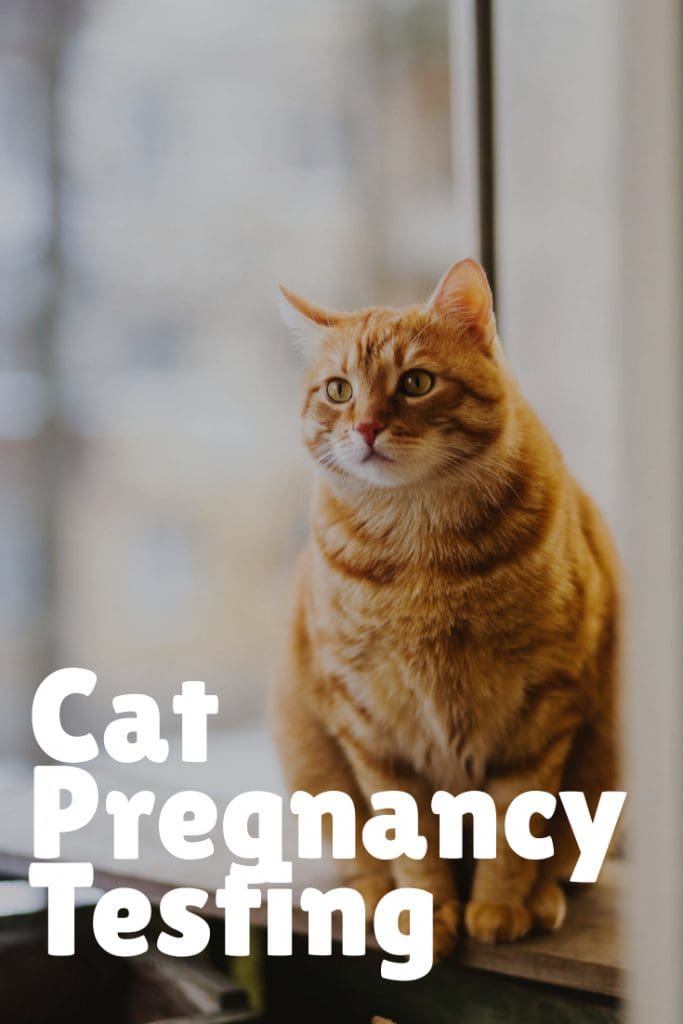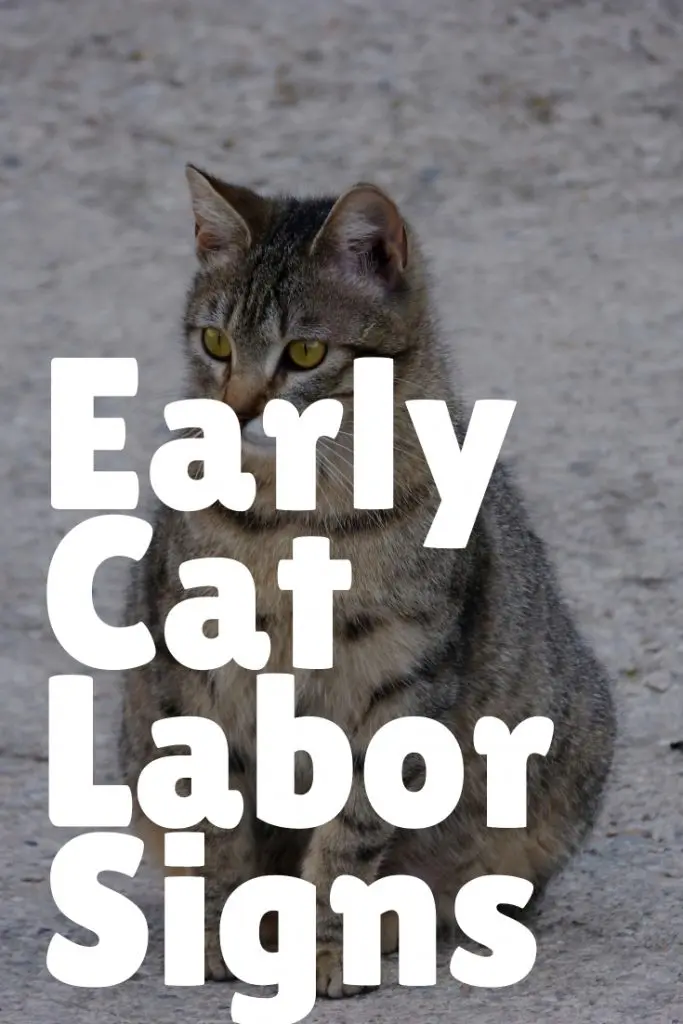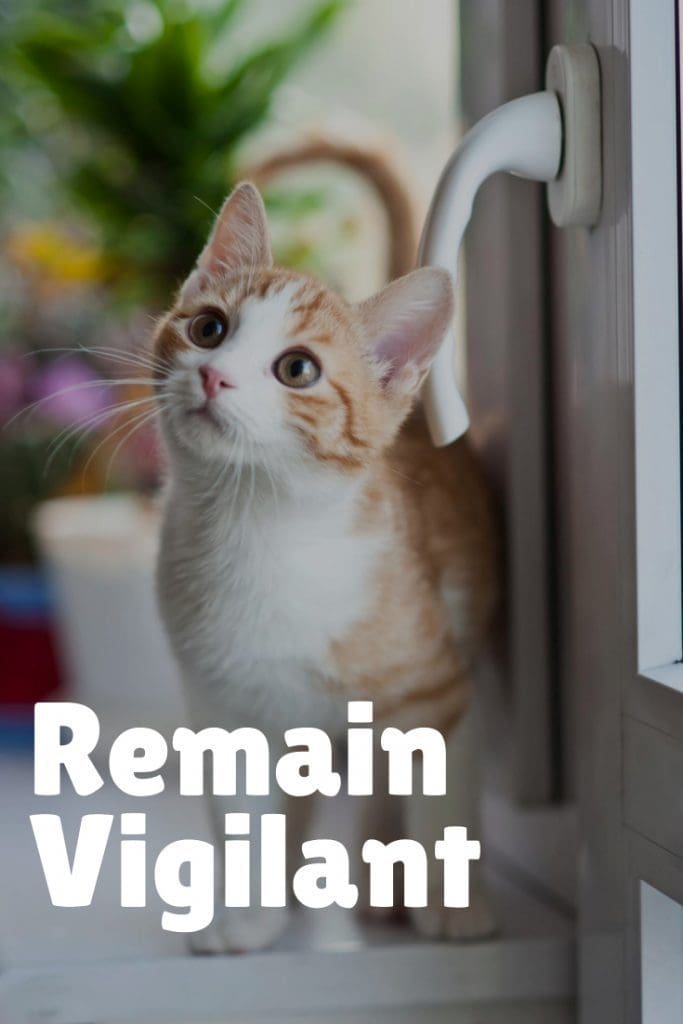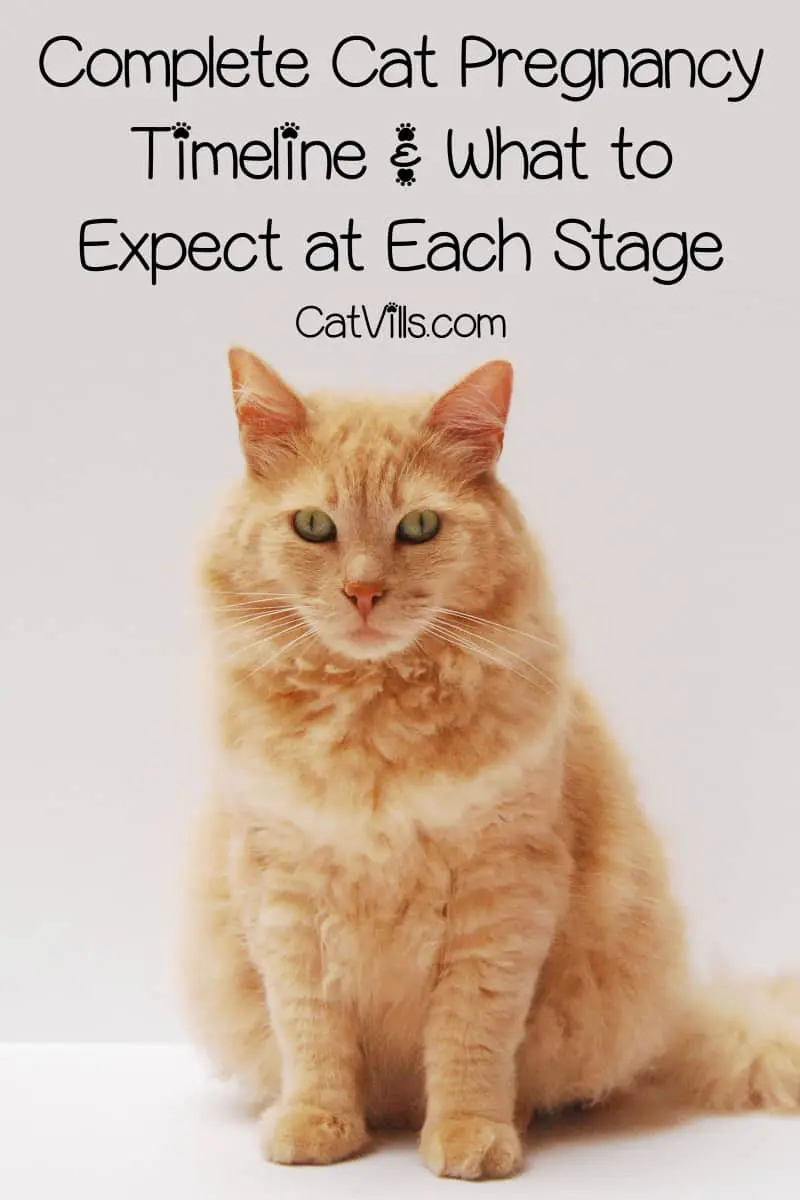Last Updated: 1 year ago
Your cat is pregnant, and you want to prepare adequately for the birth of the kittens.
Read this detailed guide about pregnancy symptoms, timeline, and physical and behavioral changes.
Cat pregnancy timeline is a common title among posts in cat owner groups and message boards among owners of both indoor and outdoor cats.
It’s an especially common inquiry among outdoor cat owners because cats have a relatively large territory for their size.
It’s easy for them to become pregnant.
It’s also easy for them to get sick or injured, so it becomes even more important for them to know timelines, changes, and the like.
Today we’re going to discuss a cat pregnancy timeline and what you need to know.
Cat Pregnancy Testing
There was a time when the only way to know if a cat was pregnant was to wait and see and then get an x-ray or ultrasound to confirm.
These days, however, you can actually have a blood test performed on your cat to see if she’s pregnant.

About 20 to 25 days after conception, a hormone called relaxin is released into a pregnant cat’s bloodstream.
This hormone is pregnancy-specific so if it’s in the bloodstream, the at is absolutely pregnant.
Although this test can be performed, it’s not recommended.
By the time the relaxin hormone can be detected via a blood test, a pregnant cat will already be showing outward signs of pregnancy.
Veterinarians usually recommend x-rays and/or an ultrasound to make a determination as to a cat’s pregnancy.
Check out the video below to see it in action:
Cat Pregnancy Timeline
Let’s begin with a step-by-step timetable for cat pregnancy.
As time goes by, mother cats experience more and more changes to their bodies.
The first thing you need to know is what these changes are and when to expect them.
Prefer a cat pregnancy timeline with pictures?
The infographic below is a great visual aid.
Cat Pregnancy Length
In general, feline gestation is around 63 to 65 days, or about nine weeks. However, this is only an average.
It’s not unusual for cats to give birth as early as 58 days or as late as 70 days.
If your cat shows no signs of discomfort or distress, she is more than likely just fine.
Cat Pregnancy Stages: Physical Changes
Cat pregnancy can be broken down into five basic stages, from going into heat to labor.
1. Going into Heat
This is the stage in which your cat is able to become pregnant.
Often, owners will notice that their cat is more vocal and tends to roam more, taking more time to come back home.
Both of these are signs that the cat is looking for a mate.
2. Initial Pregnancy
Initial pregnancy is the four week period following conception.
- During the early stages of pregnancy, your cat will begin to gain weight.
- At around two weeks, her nipples will become darker in color and begin to enlarge.
- At around three weeks, small lumps can be felt with palpating the cat’s abdomen. Those are the babies!
You may notice that your cat throws up from time to time.
That’s perfectly okay. Just like humans, cats can have morning sickness.
The video below does a great job of explaining cat pregnancy symptoms & signs.
3. Ongoing Pregnancy
During this stage of the cat pregnancy timeline, your cat’s signs of pregnancy will ramp up significantly.
- Her weight gain will continue. You’ll often see increased appetite because by this stage her morning sickness should be gone.
- Her breasts will continue to grow in anticipation of all the little mouths she’ll soon be feeding.
- Her abdomen will grow rapidly as the kittens inside her get bigger and bigger.
It’s important to note that you shouldn’t be alarmed if your cat’s belly gets big. Really big.
Remember, there are a lot of little kittens in there, and they take up a lot of space.
4. Early Labor
You could call this stage pre-labor.

Roughly 1 to 3 days before she goes into active labor, your cat will exhibit behavioral changes.
She’ll begin looking for quiet, out of the way spots where she can have her babies and nurse them in peace.
Whether you have prepared a space for her or she found one on her own, you’ll notice that she will begin nesting in that area, preparing the space for her upcoming labor.
5. Active Labor
Congratulations, your cat is having her kittens!

During this stage, owners who are new to the birthing process may have some fears as time goes by.
Not to worry, though, everything that’s happening is perfectly natural.
Her labor will usually begin with behavior that may seem anxious to her owners.
Almost all cats will pace and some will meow or even mewl. That’s okay.
Remember, birth is never easy – that goes for cats as well as humans.
As she paces about her kittens will slowly begin their descent from the uterus to her vagina on their way to being born.
Owners will usually see the first kitten born about an hour after the mother’s active labor begins.
After that, the rest of the kittens follow at an interval of around 15 to 20 minutes until they’ve all been born.
Following the birth, the mama cat will clean her babies, which includes eating the placenta and licking birthing fluids off of them.
Pregnant Cat Behavior
During the initial stages of the cat pregnancy timeline, a cat’s general behavior will remain the same.

During this time, they are still light and unencumbered, allowing them to jump and do all the crazy cat acrobatics that they’ve always down.
However, as her body slowly changes, getting bigger and heavier, mama cat will begin to take things more slowly, being far more careful in her movements.
Your once acrobatic daredevil will begin to avoid twisting and stretching actions. She may reduce the height and frequency with which she jumps.
If you have an indoor/outdoor cat, you may notice that she begins to choose to stay indoors more and more as time goes by.
If you have an exclusively outdoor cat, you’ll notice that she tends to stick close to home.
Both of these latter actions help her decrease the risk of danger to herself and her unborn kittens.
Perhaps one of the most exciting behaviors you’ll witness is one you may not recognize.
It’s known as “quickening.” No, this isn’t a Highlander reference.
Quickening is a sudden burst of excitement from a mother cat. She may dart around or show other signs of excitement that seem out of the ordinary.
If you see this, you have just witnessed the first time your cat felt her babies move.
As time goes on, you may also notice your cat becoming more clingy.
She will look for you more frequently tend to seek your attention and affection almost incessantly.
This attention-seeking will increase as she draws closer to the birth process.
Cat Pregnancy Timeline Tips
There are a few things to remember during your cat’s pregnancy.
It’s important to watch the changes in your cat and to accommodate her new physical needs as a mom-to-be.
Remain Vigilant

Always keep an eye on your cat’s overall demeanor and appearance throughout her pregnancy.
By constantly monitoring her physical and behavioral changes you’ll be better able to spot any potential issues sooner rather than later.
These issues may be as minor as a need to increase her food or as major as visible pain on your cat’s part.
If at any time your cat appears to be more uncomfortable than usual or in pain, bring her to the vet.
Roll with Her Changes

Your cat’s needs will change as she goes farther and farther into her pregnancy.
It’s important to remember that knowing the cat pregnancy timeline helps you keep her healthy as much as it helps gauge her progress.
As time progresses, remember to feed her more food as she prepares for birth. If you normally keep her food in a high place, lower it so that she can easily reach it without having to jump to such a height.
Set up a safe, quiet space for her to give birth so she’s comfortable when the time arrives.
When she asks for that extra attention, give it to her. Remember to change with your cat through this process.
Be on the Lookout During the Birth

Perhaps the most important cat pregnancy timeline tip is to be there for the birth if at all possible.
You’ll want to be able to observe your cat as she gives birth so you can watch for any possible problems during the process.
Every meow and panting breath shouldn’t be cause for alarm, however, there are some important watch-outs when your cat is giving birth.
The Birth Takes Too Much Time
If your cat hasn’t given birth to her first kitten within three hours, call your vet.
After the three-hour mark, you’re past the point of common birth length.
Likewise, be on the lookout for too much time passing between birthing new kittens.
It usually takes anywhere from 15 minutes to a half hour between new kittens.
If the mother has not given birth to another kitten after an hour, it could signal a problem.
Excess Difficulty
Of course, giving birth isn’t easy, but frankly, most cats and dogs tend to pop their babies right out.
If your cat seems to be struggling to give birth, showing signs such as intense straining with no result over a prolonged period, consult your vet.
Problems with the Mother
If during pregnancy, the mother cat begins to appear lethargic or slow to react to any stimuli, get her to the vet right away.
This could be a sign of internal bleeding or other serious issues.
Cat Pregnancy Timeline News You Can Use
As we’ve seen, there’s a lot of information to take in when it comes to a cat pregnancy timeline.
It’s important to have all the knowledge you can when your cat is on the road to having kittens.
Just remember to be aware of the changes that will come, stay vigilant about any changes that shouldn’t be there, and always adjust your care to match her needs.
If you do that, you’ll be able to give her the best care possible and safely navigate the cat pregnancy timeline ride.
Did your cat have kittens? Do you have anything to add to our cat pregnancy timeline?

